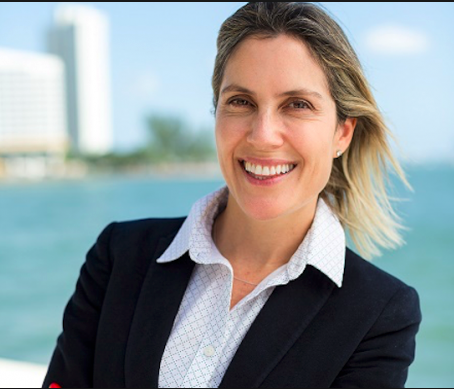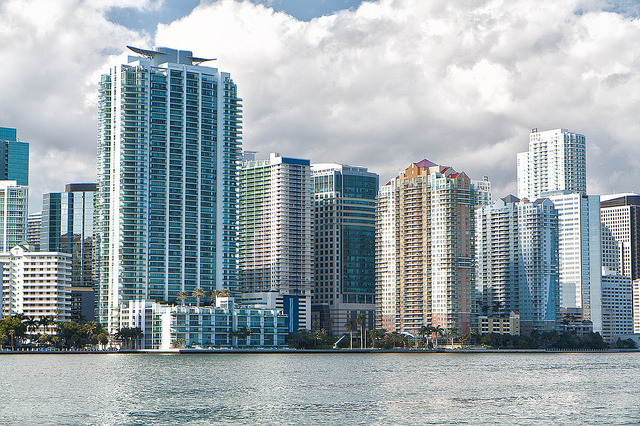US Companies are at the Forefront of Another Outstanding Period of Results on a Global Scale
| For Beatriz Zúñiga | 0 Comentarios

Since the beginning of the year, equities have positioned themselves as one of the most attractive assets for investors given the risk / reward ratio that it offers. Therefore, asset managers have been calibrating and searching for the best combination of US, European, and emerging market equities. According to the asset management companies, this will continue to be a fundamental piece in the portfolios for the second part of the year.
Although historically summers are a quiet period, logically there are also some exceptions, sources at DWS point out that this year “the growth of some shares, for example Facebook, has been afflicted, and defensive stocks have outperformed the behavior of the most cyclical securities. In fact, some cyclical stocks obtained poor results, while sovereign bonds barely moved.”
US equities stood out due to the good behavior of business profits which, as was to be expected, increased thanks to the fiscal reform that was already noticeable this quarter. According to Richard Turnill, Global Head of Investment Strategy at BlackRock, “the strength of corporate profits, especially in the United States, will continue until the end of the year, as the optimistic forecasts of companies show that confidence is on the rise”.
In his opinion, US Companies are at the Forefront of another outstanding period of results on a global scale. According to his analysis, firms that exceeded expectations have been rewarded with a rise in prices, even in spite of investors’ concerns about the increase in economic uncertainty, trade tensions and the appreciation of the US dollar. “Our analyses of business forecasts suggest that business confidence is on the rise, which provides us with the basis to affirm that the soundness of profits can be perpetuated in 2018 in a context characterized by the robustness of global growth,” says Turnill.
In his opinion, US Companies are at the Forefront of another outstanding period of results on a global scale. According to his analysis, firms that exceeded expectations have been rewarded with a rise in prices, even in spite of investors’ concerns about the increase in economic uncertainty, trade tensions and the appreciation of the US dollar. “Our analyses of business forecasts suggest that business confidence is on the rise, which provides us with the basis to affirm that the soundness of profits can be perpetuated in 2018 in a context characterized by the robustness of global growth,” says Turnill.
But all that glitters is not gold, especially in the United States. “The downside is that American companies are seeing more pressure on the cost of raw materials and wages. There have also been quite a few companies in the United States that have pointed out the negative effects that the increase in tariffs has on them, whereas European companies have taken advantage of the opportunities that trade tension has generated,” DWS points out in its latest report.
Once again, the United States and Europe are the markets where investors and asset managers find more opportunities for equities, after the exit of flows from emerging countries due to the effect of the strength of the dollar. According to Union Bancaire Privée (UBP), the strength of the dollar must be added to the political uncertainty generated by the US administration with its trade policy. “In our opinion, investors have become excessively pessimistic about emerging markets’ assets, and a stabilization of the dollar should allow a rebound in emerging market stocks,” UBP explains in its latest report.
The entity is cautious and prefers to follow strategies that allow them to participate in equity growth through hedge funds, strategies that protect capital, and convertible bonds, avoiding direct investment in shares. “Within equities, we have expanded our underweight in Europe given the constant political fragility that is projected, and a more moderate economic growth. On the other hand, Euro-zone shares are more attractive than US equities, while offering a modest perspective of earnings growth,” he argues egarding his position towards the end of the summer.









